![[Mjölnir flag]](../images/q/qt-z_mjo2.gif)
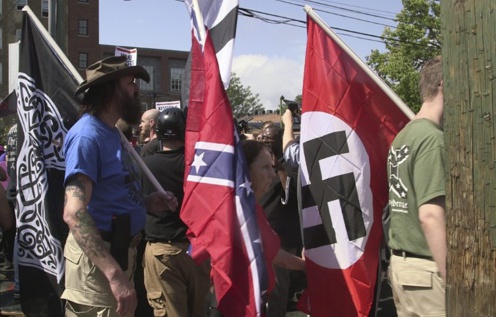

Last modified: 2023-07-15 by randy young
Keywords: nazi | neonazi | politics | swastika | cross: swastika | cross: celtic | celtic cross | sun cross | rune: odal | werewolf | 88 | eighty eight | sun (black) | tiwaz rune | tyr | mjölnir |
Links: FOTW homepage |
search |
disclaimer and copyright |
write us |
mirrors
![[Nazi eagle flag]](../images/q/qt-z-eagle.gif)
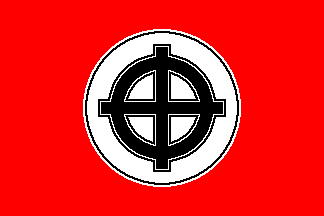
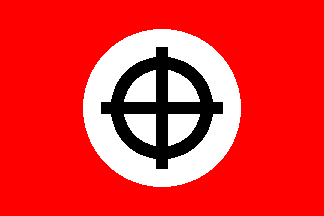
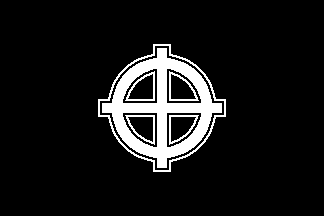
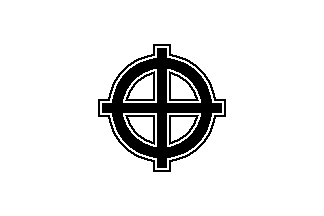
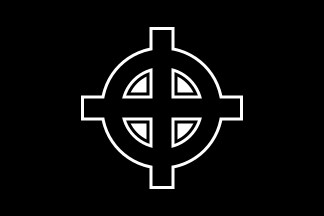
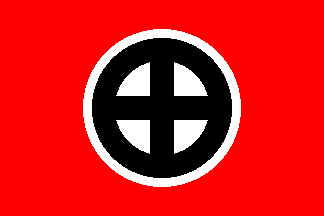
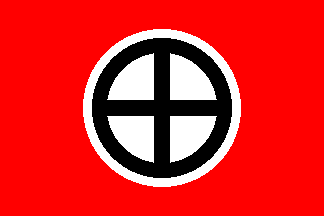
![[Black Sun flag]](../images/q/qt-z-bks.gif)
![[Black Sun flag variant]](../images/q/qt-z-bk4.gif)
![[Black Sun flag variant]](../images/q/qt-z-bs2.gif)
![[Black Sun flag variant]](../images/q/qt-z-bs3.gif)
![[Black Sun flag variant]](../images/q/qt-z-bks3.jpg)
![[Black Sun flag variant]](../images/q/qt-z-bks3a.jpg)
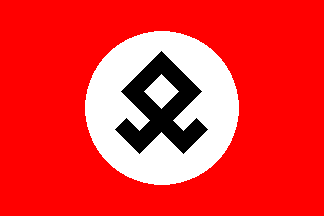
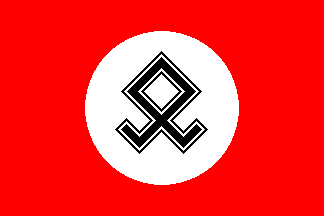
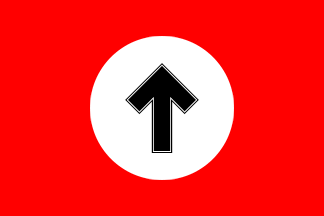

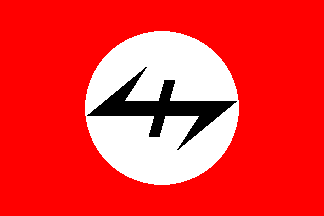
A fascist sign, used in for instance Sweden in the 1990s, meaning werewolf. According to ancient superstitions, men were sometimes transformed into beings - half men, half wolves - extremely blood-thirsty and ferocious. These beings were called werewolves. Werwolf, German for "werewolves," was the name chosen for the guerilla fighters Hitler and the Nazi top had planned should continue the fight against the invading Allies when Germany's Wehrmacht was defeated and the German territory was occupied.Giuseppe Bottasini, 29 July 1998, quoting from www.symbols.com
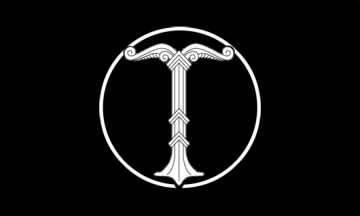
![[Mjölnir flag]](../images/q/qt-z_mjo2.gif) |
 |
|
image by Tomislav Todorović, 6 August 2018 |
photo provided by Pete Loeser, 6 August 2018 |
![[Vertical Mjölnir flag]](../images/q/qt-z_mjo.gif)